Waste
Materials
Natural resources matter to us all
We are working to establish an operating system for business sites that is safe and sustainable for everyone. This includes managing our use of natural resources, recycling resources needed for product development or production processes, removing pollutants, and developing recycling technologies.
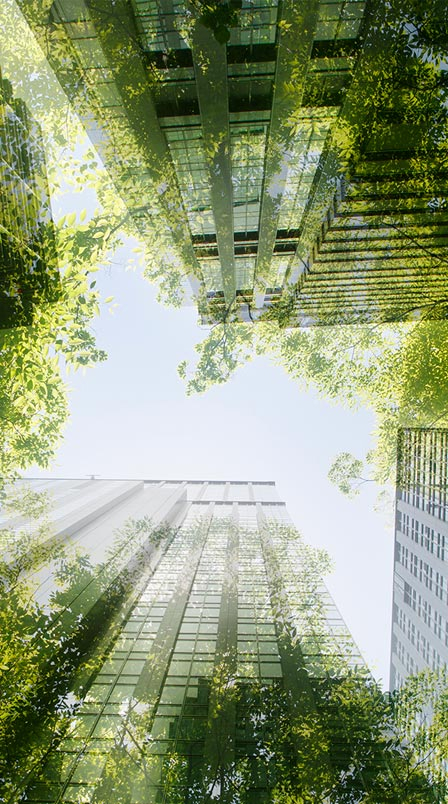

Increase the recycling rate to
achieve Zero Waste to Landfill
validation
2022 - 23 manufacturing sites obtained the Zero Wastre to Landfill validation
2023 - Achieved 97% recycling rate 30 manufacturing sites* have obtained the Zero Waste to Landfill validation * 30 out of 31 sites have obtained the validation, including 21 sites that have certified the highest grade (Platinum) as of March 2024.
2025 - Obtain the highest Platinum grade validation for all global business sites
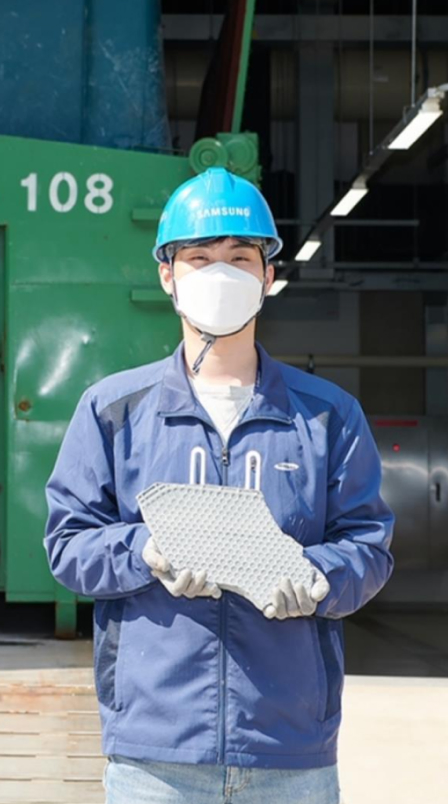

We continue to advance the circular economy by discovering added value in waste and developing recycling technologies. Through this, up to 97% waste recycling rate was achieved in 2023.
Efforts to minimize residue in chemical storage drums used in-house, recycling waste wafers, and recycling coffee capsules in offices continued across semiconductor business sites in 2023. This resulted in maintaining the Platinum-grade* Zero Waste to Landfill validation, as validated by the global safety science company UL (Underwriters Laboratories).
*SAS subsidiary maintained Gold grade
Diverting waste from landfills
30 of our business sites have acquired Zero Waste to Landfill validation from the global safety agency UL (Underwriters Laboratories).
We aim to acquire the highest Platinum grade across all our global business sites by 2025.
* Zero Waste to Landfill validation: Assesses our resource circularity efforts and grades them by four levels according to the diversion rate of waste generated at their business sites;
Platinum 100%, Gold 95 to 99%, Silver 90 to 94%, Certification 80% or higher (As a rate with fractional value is rounded off by UL, 99.5% will be rounded off to 100%)
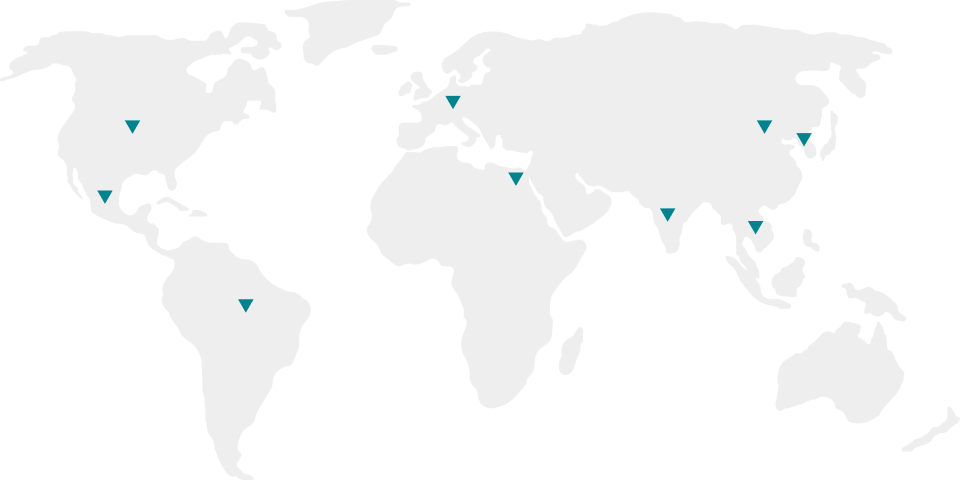

Our innovative technology drives this change, recycling previously
incinerated and
reclaimed waste.
Efforts to preserve the natural environment
2023 - Hwaseong site achieved the Platinum level of AWS (Alliance for Water Stewardship) for the first time in Korea Expanded AWS certified business sites
2030 - Reduce DS Division* water withdrawal to 2021 levels Reuse reclaimed wastewater from public wastewater treatment plants Replenish 100% of the water used globally by DX Division * Korean business sites
2040 - Treat water/air pollutants to natural state at semiconductor business sites Develop new technologies that can process to a natural state level
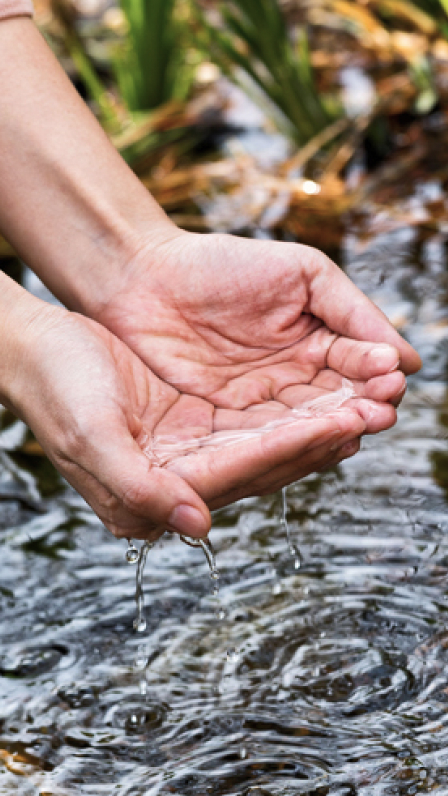

Production processes require water. They also can pollute the atmosphere. We need to work on two fronts: one, saving water, and two, developing technologies to reduce air and water pollutants.
We are reducing the amount of new water withdrawal by maximizing the reuse of water in production processes. Due to the expansion of semiconductor lines, the daily water withdrawal requirement at semiconductor business sites will more than double between 2022 and 2030. However, we have decided to keep the level from 2021 by increasing the reuse of water.
Starting in 2040, we will apply innovative technologies that treat air and water pollutants from semiconductor manufacturing process to a natural state to minimize the impact on the environment.
Unit: 1,000 tons 2020: 70,181 2021: 94,360 2022: 116,590 2023: 122,891


Addressing the cause
of pollutants through
resource management
Proactively identifying
and responding to
water risks by region
Efficiently managing
water resources
Collaborating for
sustainable water
resources
Engaging with local
community
Replenishing water back
to communities

How we brought back otters
to Samsung's semiconductor business sites


We don’t stop at ‘good enough’,
because we care about our
customers and employees’ health
and their environments.


We strive to minimize any potential adverse effects on the health of our
customers, employees, or to the environment that may arise from
products containing hazardous substances or chemicals used at our
manufacturing sites. We have established and stringently manage
internal regulations that incorporate global environmental standards
such as the EU Directive on the RoHS (Restriction of Hazardous
Substances) and EU REACH (Registration, Evaluation, Authorisation and
Restriction of Chemicals). We will continue to monitor and
systematically respond to new regulatory standards, such as authorized
uses of PFAS (Per- and Polyfluoroalkyl Substances).
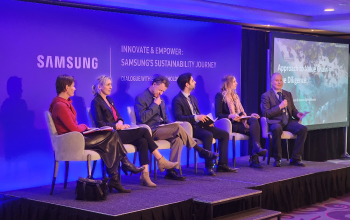

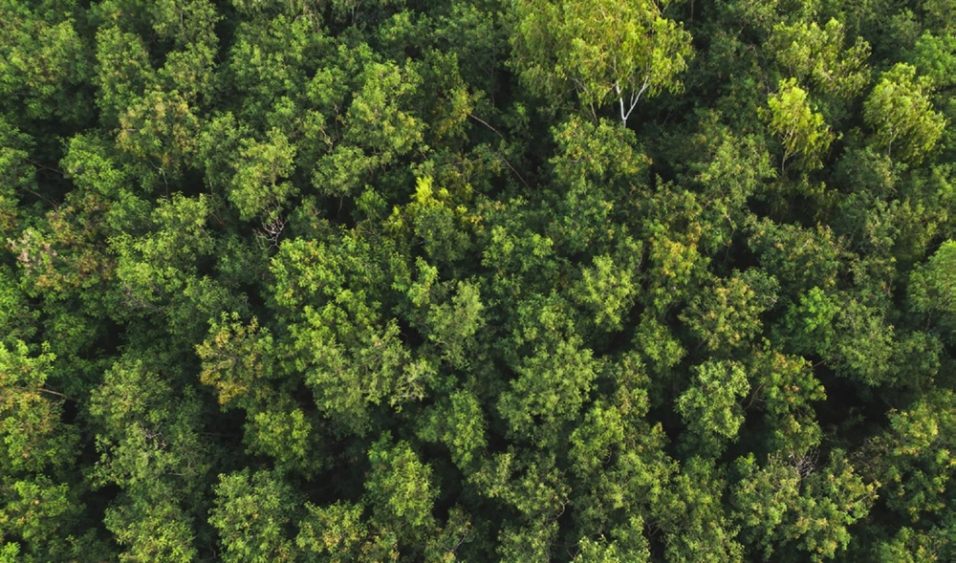











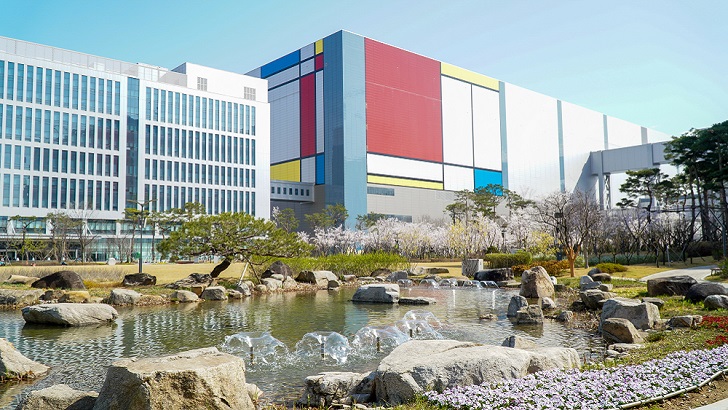







Samsung Electronics, and its partners, use cookies and similar technologies (collectively “technologies”) to store and access information on your device. Some of these technologies are technically essential to provide you with a secure, well-functioning and reliable website. We would also like to set optional/non-essential technologies to give you the best user experience. Optional technologies make it possible to measure the audience of our website, to display personalized advertising on third-party sites based on your profile, to track your location, to carry out targeted marketing campaigns and to personalize the content of our website depending on your usage. Through these technologies, we will collect information such as your interaction with our website, your preferences and your browsing habits.
If you are happy for technologies to be used for these purposes, click on "Accept All" to accept all of the technologies. Alternatively, you may click "Continue without accepting" to refuse all non-essential technologies. You can also make a choice by category by clicking "Configure". You can withdraw your consent and modify your choices at any time by clicking on the "Cookie Preferences" button located at the bottom of our website. Further information is also available in our Cookie Policy and our Privacy Policy.